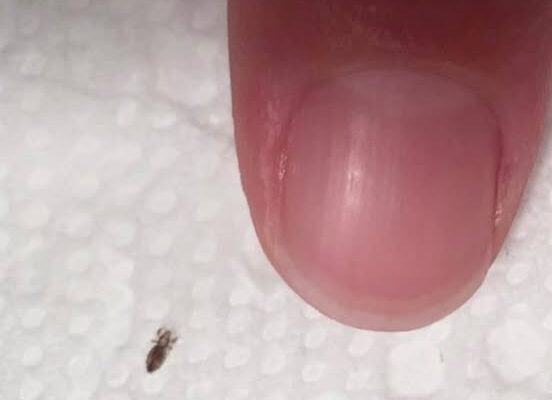Let’s talk about every parent’s nightmare: head lice. These tiny, wingless insects feed on scalp blood, move quickly, lay eggs called nits close to the scalp, and spread easily through direct contact or shared items like combs, hats, and pillows. They’re stubborn because nits cling firmly to hair and lice can survive off the scalp for up to 48 hours, making infestations tricky to eliminate.
To get rid of head lice, start with an over-the-counter medicated shampoo or lotion specifically designed to kill lice, applying the right amount and leaving it on for the recommended time. After treatment, use a fine-toothed nit comb on wet hair to remove nits and dead lice, working in small sections and wiping the comb after each pass. Most treatments require a second application 7–10 days later to catch any newly hatched lice before they lay more eggs. Clean household items by washing bedding, hats, scarves, and clothes worn in the past two days in hot water, and seal items that can’t be washed in plastic bags for two weeks to starve any remaining lice. Vacuum furniture and floors, especially where the infected person sat or lay down. To prevent reinfestation, teach children not to share personal items like combs, hats, headphones, or scarves, check their scalp weekly during school season for early detection, and keep long hair braided or in a bun. Educate kids about how lice spread and the importance of avoiding head-to-head contact. If over-the-counter treatments fail after two rounds or if you notice signs of infection such as redness, swelling, or pus, contact a pediatrician for prescription treatments. With patience, thorough cleaning, and vigilance, you can eliminate lice and protect your family’s peace of mind.
